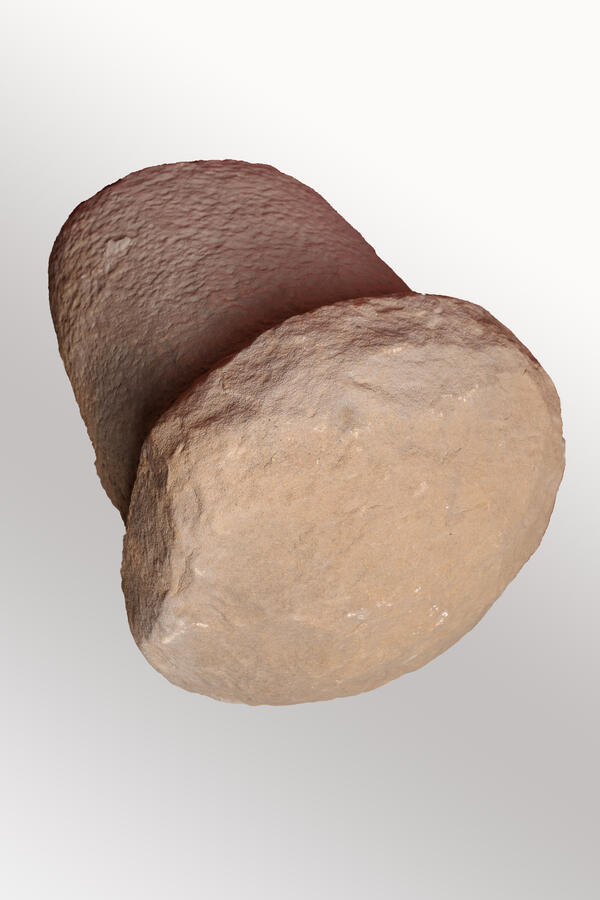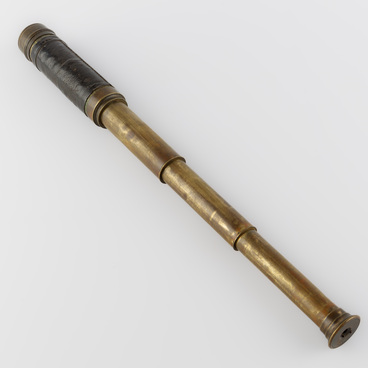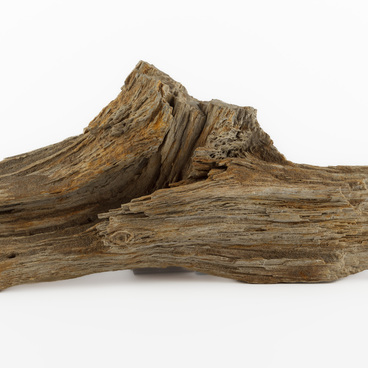Megalithic monuments are prehistoric structures of large stone slabs that were not mortared with cement or lime mortar. Similar structures are found all over the world. For example, in Europe it is Stonehenge in England, Carrowmore in Ireland, the Cromlech of the Almendres in Portugal; in Asia Minor the temples of Göbekli-Tepe and Nevalı Çori; in South America Machu Picchu, Puma Punku, Ollantaytambo, Pisac, Sacsayhuaman, Tiwanaku. No accounts of the methods used to build megaliths or information about their purpose have survived to this day.
In the forests of the Black Sea coast of the Northwest Caucasus, unique monuments of a distant era — dolmens — are hidden from human eyes. These are stone houses with a small round entrance. Usually they are made of slabs and stand separately. Dolmens are full of secrets that researchers have yet to discover. Specialists who study dolmens attribute them to burial structures erected for the most respected representatives of a clan or tribe. The things that the deceased might need in the afterlife were placed in the dolmen along with a dead body. The world of the dead was closely connected with the world of the living, and the burial places were treated with great awe and respect.
A special hole was made in the front plate of the dolmen, which could serve both for additional burials and for placing gifts for the ancestors, which, as it was believed, could help with a good harvest or protect from enemies. After the ceremony, the hole in the dolmen was closed with a stopper (plug).
The Gelendzhik Museum presents one of these stoppers. Its surface has been carefully processed. The head and shank have notches — traces of wedge-shaped tools in the form of notches, which allows researchers to suggest how sandstone was processed in the Bronze Age to create such impressive structures. At the base of the head, there is a rim. Most likely, this element allowed the stopper to fit more tightly into the hole of the facade slab.
This dolmen stopper was discovered by T.A. Zinovieva, the head of the museum’s modern history department, in June 2001 in the area of the Myagkaya Schel near the preserved slab dolmen with a cracked front slab. A.B. Grigoriev, a researcher of the Department of Ancient History, estimated the time of creation.
In the forests of the Black Sea coast of the Northwest Caucasus, unique monuments of a distant era — dolmens — are hidden from human eyes. These are stone houses with a small round entrance. Usually they are made of slabs and stand separately. Dolmens are full of secrets that researchers have yet to discover. Specialists who study dolmens attribute them to burial structures erected for the most respected representatives of a clan or tribe. The things that the deceased might need in the afterlife were placed in the dolmen along with a dead body. The world of the dead was closely connected with the world of the living, and the burial places were treated with great awe and respect.
A special hole was made in the front plate of the dolmen, which could serve both for additional burials and for placing gifts for the ancestors, which, as it was believed, could help with a good harvest or protect from enemies. After the ceremony, the hole in the dolmen was closed with a stopper (plug).
The Gelendzhik Museum presents one of these stoppers. Its surface has been carefully processed. The head and shank have notches — traces of wedge-shaped tools in the form of notches, which allows researchers to suggest how sandstone was processed in the Bronze Age to create such impressive structures. At the base of the head, there is a rim. Most likely, this element allowed the stopper to fit more tightly into the hole of the facade slab.
This dolmen stopper was discovered by T.A. Zinovieva, the head of the museum’s modern history department, in June 2001 in the area of the Myagkaya Schel near the preserved slab dolmen with a cracked front slab. A.B. Grigoriev, a researcher of the Department of Ancient History, estimated the time of creation.



